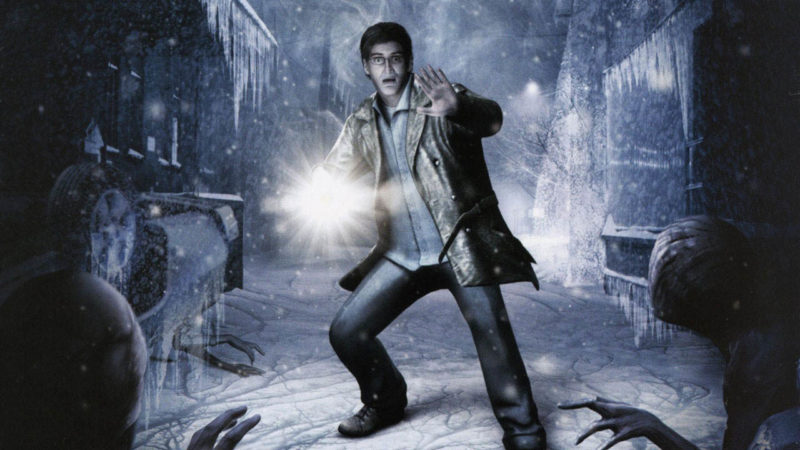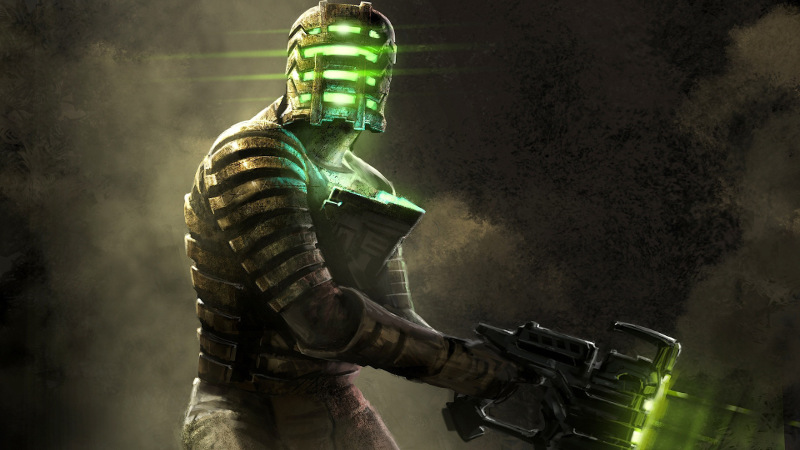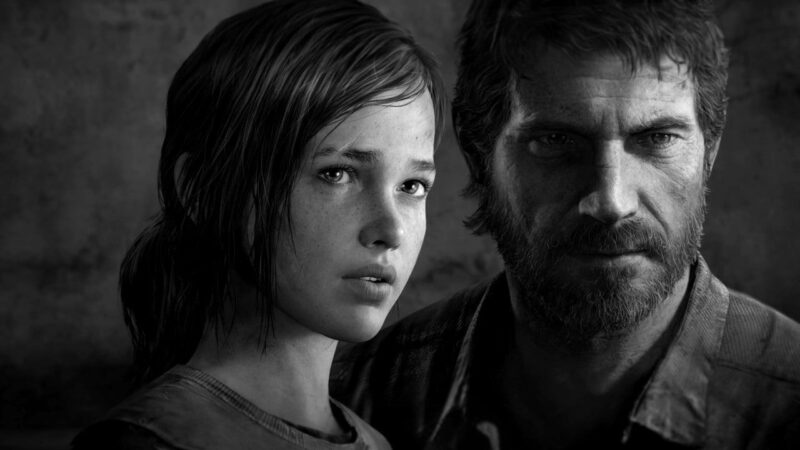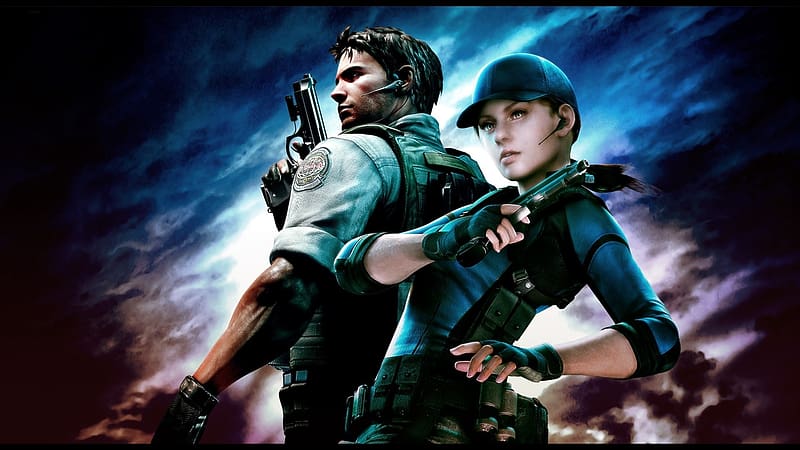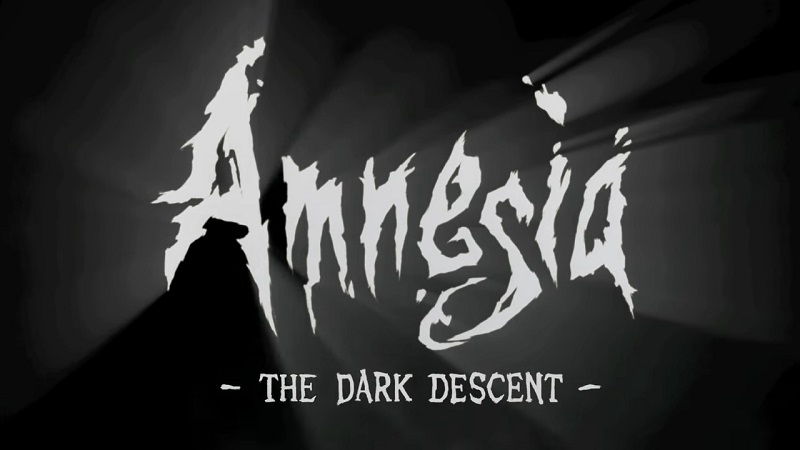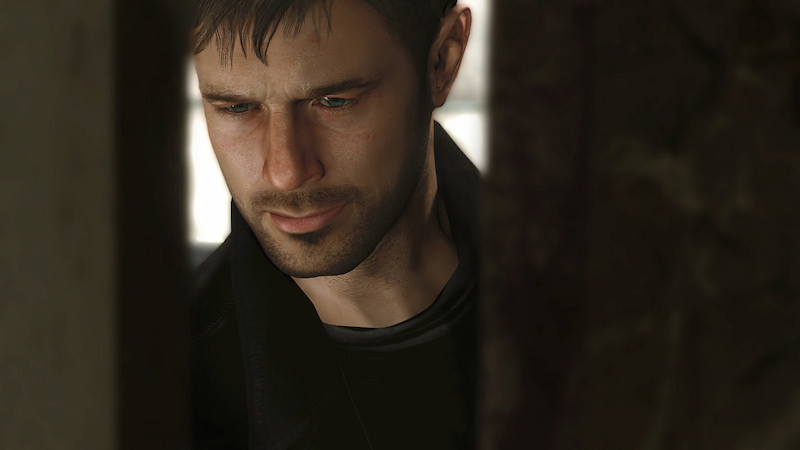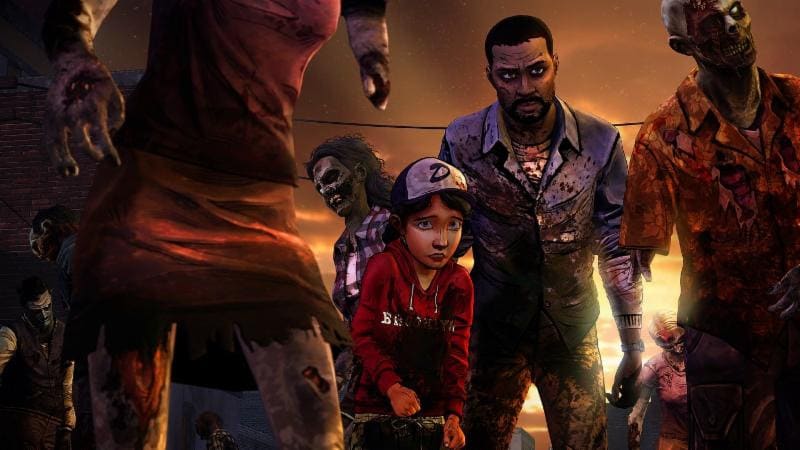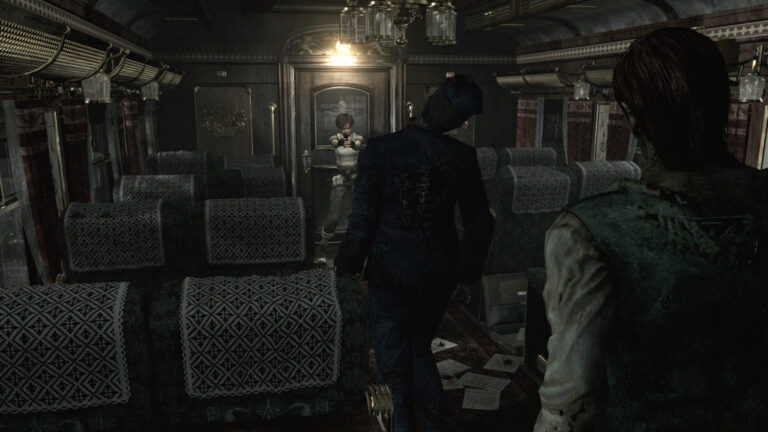The PlayStation 3 era stands as one of the most innovative periods for horror gaming, and nowhere is this more evident than in the realm of survival horror. With the rise of HD graphics, immersive audio, and online multiplayer, the PS3’s library featured a number of games that not only terrified players but also went on to blend psychological tension, cinematic experiences, and narrative depth.
These seven influential titles left their mark on both fans and developers, pushing horror into uncharted territory and setting new standards for the future of gaming.
1. Silent Hill: Shattered Memories (2009)
Often overshadowed by its predecessors, Silent Hill: Shattered Memories took the Silent Hill series in a bold new direction by blending psychological horror with innovative gameplay mechanics. Unlike the previous entries that relied heavily on combat, Shattered Memories stripped down the action and focused on atmosphere and exploration. Players control Harry Mason, the protagonist of the original Silent Hill, but this time, the story unfolds differently depending on how you approach the game.
The game’s key feature is its use of psychological profiling, where your actions and decisions subtly influence the game world and the characters around you. The chilling atmosphere, paired with its eerie, winter-bound setting and terrifying imagery, kept players on edge as they unraveled a story of trauma, memory, and loss.
2. Dead Space (2008)
When Dead Space arrived in 2008, it took the sci-fi horror genre to new heights, blending Alien with the atmospheric dread of Resident Evil. Set on the mining ship USG Ishimura, Dead Space thrust players into a nightmare of alien-infested corridors, darkened environments, and grotesque creatures. The game’s blend of survival horror and third-person action was masterful for the PlayStation 3 era, with a focus on tension-building and a minimalist HUD that kept the atmosphere immersive.
What set Dead Space apart from peer entries was its masterful use of sound design and isolation. The dissonant, haunting soundtrack and the terrifying soundscape engulfed players in a sense of paranoia. The Necromorphs were not only grotesque but also terrifying in their intelligence, forcing players to use strategy to disable their limbs. Dead Space proved that horror could thrive in a futuristic setting, and its legacy continues to influence modern survival horror games.
3. The Last of Us (2013)
Though more of a post-apocalyptic action-adventure game than a traditional horror title, The Last of Us deserves a spot on this list due to its unrelenting tension, emotional depth, and terrifying world. In a world ravaged by a fungal infection that turns people into monstrous “clickers,” players follow Joel and Ellie as they navigate a decaying America. The real horror in The Last of Us comes not from the infected but from the human survivors, who have adapted to a world where morality is a luxury.
The emotional weight of the story, combined with the tense combat and survival mechanics, made The Last of Us a different kind of experience. The grotesque clickers and bloaters were terrifying enemies, their shrieks and clicks reverberating in players’ ears as they snuck around or fought for their lives.
4. Resident Evil 5 (2009)
Though Resident Evil 4 had set the bar for third-person action in horror, Resident Evil 5 brought the franchise to the next level on PlayStation 3 with co-op gameplay, allowing players to team up in the battle against the horrors of Africa. The game’s action-heavy focus divided the fanbase, but its memorable setting, intense combat, and stunning visuals for the time were a leap forward for the series.
While many fans criticized the move from the series’ roots of survival horror to more action-oriented gameplay, Resident Evil 5 brought new life to the franchise. The incorporation of a cooperative mode added a new layer of strategic play and horror, forcing players to manage resources and fight off increasingly overwhelming waves of enemies together. And who can forget the boulder punching? Not me, that’s who.
5. Amnesia: The Dark Descent (2010)
Amnesia: The Dark Descent ushered in a new era of first-person survival horror, where psychological terror and atmosphere took center stage over combat. Set in a decaying castle, the game follows Daniel, a man who wakes up with no memory and must explore the castle while avoiding monstrous creatures and uncovering dark secrets. The real horror comes from the game’s sanity meter: staying in the dark for too long causes Daniel to lose his grip on reality, making the world around him even more terrifying.
The sense of helplessness, paired with the unsettling environment, was revolutionary in its approach. There were no weapons to defend yourself, as the only options were to run and hide. The sense of vulnerability Amnesia instills in players was a breakthrough moment in horror gaming.
6. Heavy Rain (2010)
While Heavy Rain is more of an interactive drama than a traditional horror game, its psychological horror elements and deeply unsettling atmosphere make it a standout title from the PlayStation 3 era. Created by Quantic Dream, Heavy Rain follows four characters as they try to solve the mystery of the Origami Killer, a criminal who kidnaps children and leaves an origami figure as a calling card. The game’s narrative complexity, paired with its adult themes and gritty atmosphere, set it apart from other horror games of the time.
The tension in Heavy Rain builds not just through scares but through emotional investment. Players find themselves making morally difficult decisions, often with consequences that are both horrifying and heartbreaking. The game’s mature themes, mixed with its unique blend of horror and mystery, made it a groundbreaking title that pushed the boundaries of interactive storytelling.
7. Telltale’s The Walking Dead (2012)
Telltale Games’ The Walking Dead redefined how stories could be told in video games, combining emotionally driven narratives with traditional point-and-click mechanics. Set in the universe of the popular comic and TV series, the game follows Lee Everett, a convicted criminal who becomes a protector of a young girl, Clementine, in a world overrun by zombies.
The true horror of The Walking Dead isn’t just the walkers but the emotional toll of surviving in such a brutal world. The choices players make throughout the game, including who to save, what to sacrifice, and how to treat others, make the story deeply personal. The Walking Dead proved that horror isn’t just about jump scares or gore, but can carry the emotional weight of the story and the moral dilemmas that come with surviving in a dying world.
The PlayStation 3 era was a pivotal time for horror games, with each of these titles pushing the genre in new and exciting directions. Whether it was the psychological terror of Amnesia, the survival tension of Dead Space, or the emotional depth of The Last of Us, these games redefined what horror could be.

